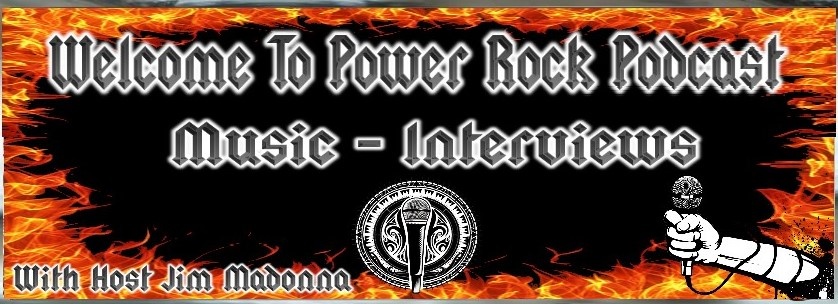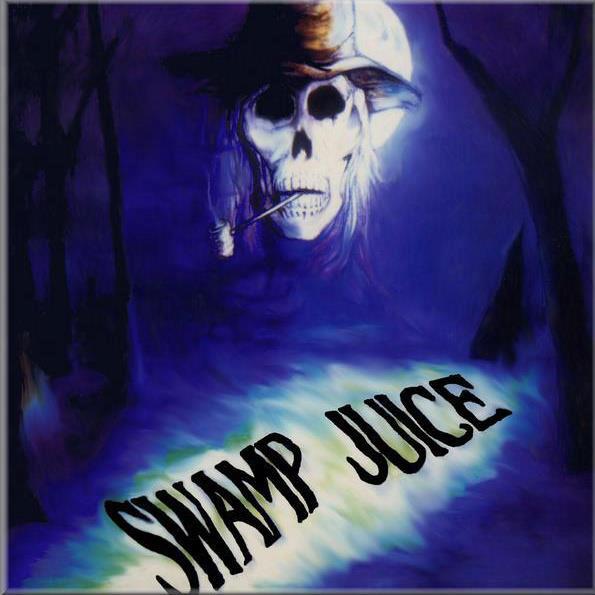Interview with James Steele
By Jim Madonna
Steele began as a guitarist, playing in the same San Diego metal circuit that produced Jake E. Lee, Craig Goldie and Warren DeMartini among others. During this time, Steele’s band, American Steel, had to replace their singer, and after many fruitless auditions it was decided that Steele would assume the lead vocal duties as well as guitar. American Steel became a three-piece band in the pattern of Rush and Zebra. With Steele as the principal songwriter, the band garnered critical acclaim. One of the band’s songs, “Everchanging Wind,” received regional airplay and prompted San Diego Union music critic, Thomas K. Arnold, to liken it to “some of the greatest rock ballads ever… like Aerosmith’s Dream On…”
Despite a promising start and seemingly bright future, fate struck. Four songs into the recording sessions for American Steel’s debut album, the band’s investor declared bankruptcy. “I’ll never forget that day,” remembers Steele. “It was turning out better than we could have hoped for—and then Alice called.” Alice, the band’s financial backer, phoned the studio and informed the band there was no money for the session and to pull the plug immediately. The band was devastated. Devastation, however, was soon replaced with euphoria. Shortly after the aborted sessions, American Steel’s ill-fated album (which had now become a “four-song demo”) attracted the interest of an A&R rep at Chrysalis Records who was “knocked on her ass” by what she’d heard and wanted to sign the band. Two weeks later, she was let go by Chrysalis, and the band was told any representations she had made to them were done so without the label’s authority. Euphoria had now become depression. American Steel disintegrated soon afterward. “The unfortunate timing of those events took a toll,” laments Steele. “We were young, and none of us possessed the emotional maturity to deal with those setbacks at the time.”
After American Steel broke up, Steele took a break from the rock and roll business. He completed an Associate of Music degree with honors, and went to work for a major video production company. Over the years he had immersed himself in the then-blossoming field of computer-based digital audio recording, beginning with the first IBM PC, and culminating with the modern Macintosh workstations of today. Steele soon found himself in demand as a sound designer and composer for film and video productions, producing soundtracks for clients like the San Diego Zoo, Anthony Robbins, The LaJolla Cancer Research Foundation, and many others. He also founded and still maintains MOTUNation.com, a internationally known internet forum for users of Macintoshbased digital audio workstations by Mark of the Unicorn (MOTU). It is the largest of its kind with over 33,000 registered members. Although Steele had become a successful video composer and session vocalist, rock and roll still beckoned. With the end of his five-year marriage, he felt a renewed need to express himself musically and decided to pick up his rock music career where he had left off. To get his voice back into shape, he sang with a number of local cover bands including Purple Rising, a tribute to Deep Purple and Rainbow. “I remember when they called me—they said it’s no big deal, just an hour-long set,” laughs Steele. “but these were all songs sung by greats like Ian Gillan and Ronnie James Dio. Man, it was tough! But it’s fun to sing ‘Child In Time’ and hear people go nuts!”
Soon Steele decided to start his own band called Pale Black. His vision was to assemble the best talent he could find in San Diego and put on a show and image that paid unashamed homage to arena rock. A Pale Black show meant a huge sound system, drum riser, Marshall stacks, the big look. “I was tired of going to clubs and seeing tired old guys playing ‘Hard to Handle’ for the millionth time through dilapidated combo amps propped up on bar stools, drunk and just going through the motions,” says Steele. “I wanted to prove something, and I’m proud to say Pale Black made the point better than I had hoped—we raised the bar.”
After rising to the top of the scene in just one short year, the time demands of a working cover band made the transition to original material difficult and Steele’s “plan” was beginning to unravel. A dispute within the band over excessive stage volume became acute. “It had become unbearably loud on stage” recalls Steele, “I was having to push night after night to hear myself sing, and certain members refused to budge. Rather than risk permanent damage to my voice or replace members, I shut down Pale Black. It was one of the hardest decisions I’ve ever had to make.”
The end of Pale Black, however, proved to be the proverbial “blessing in disguise.” For the first time in years, Steele was able focus on his original material without compromise or distraction and soon began writing material for his first solo CD. Upon hearing one of his new songs, a friend passed it to a contact at Dean Guitars who was impressed enough to make Steele an official endorsed artist. Steele currently appears on the Dean Artist page at the Dean Guitars website and has been featured in the Dean Guitars print catalog. The Dean Guitars endorsement and the accompanying credibility also created opportunities to work with some well-known musicians including guitarist Brad Gillis of Night Ranger who contributed a blistering guitar solo on the single “Can It Be The Same” (currently receiving solid 5-star reviews on iTunes) as well as legendary bassist, Billy Sheehan of Mr. Big, who lent his talents to a standout track of the upcoming CD—a secret remake of a 70s era song that Steele had wanted to cover for years. “Without a doubt, the highlight of my music career thus far has been the opportunity to work with amazing musicians like Brad and Billy,” exclaims Steele, “They are also two of the nicest, most gracious human beings…
I feel blessed to have met them, let alone worked with them.” As the release of his first solo CD nears, Steele has been gratified by a tremendous groundswell of interest. Thousands of fans are subscribed to his email list and over 54,000 fans combined have added his official MySpace and
Facebook pages. Steele begins each day answering fan emails and fulfilling requests for autographed photos from around the world. “It’s a lot of work,” says Steele, “but if a musician ever loses his sense of humility and gratitude to the people who make his art possible, it’s time to quit.”
http://jamessteele.com
http://deanguitars.com/jamessteele.php



